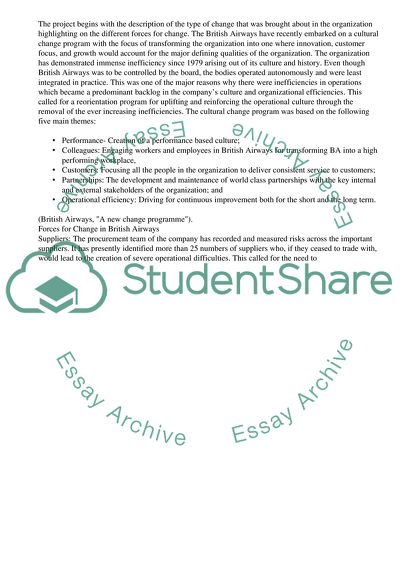Cite this document
(“The cultural change process in British Airways Essay”, n.d.)
Retrieved de https://studentshare.org/business/1391661-the-cultural-change-process-in-british-airways
Retrieved de https://studentshare.org/business/1391661-the-cultural-change-process-in-british-airways
(The Cultural Change Process in British Airways Essay)
https://studentshare.org/business/1391661-the-cultural-change-process-in-british-airways.
https://studentshare.org/business/1391661-the-cultural-change-process-in-british-airways.
“The Cultural Change Process in British Airways Essay”, n.d. https://studentshare.org/business/1391661-the-cultural-change-process-in-british-airways.


